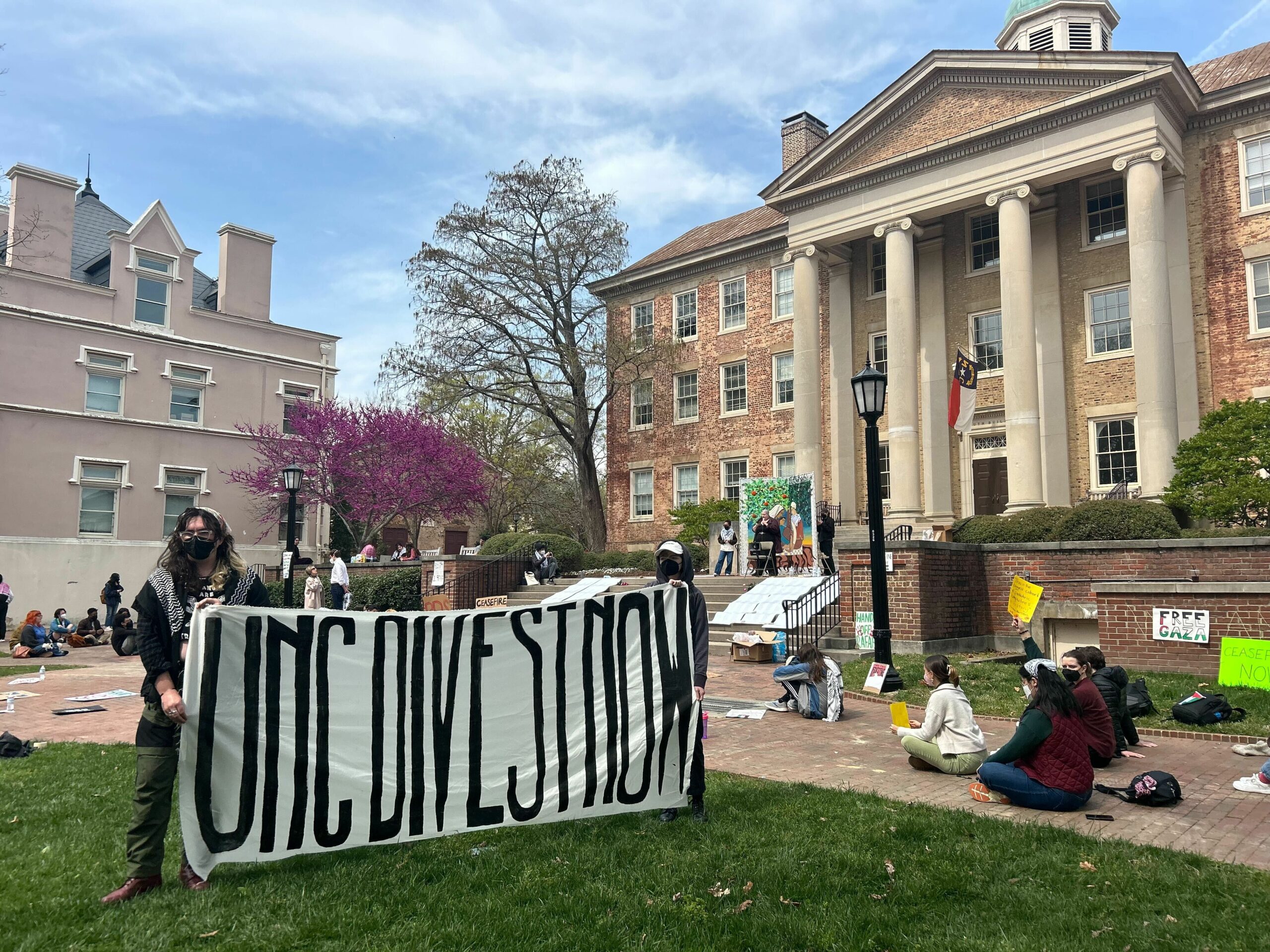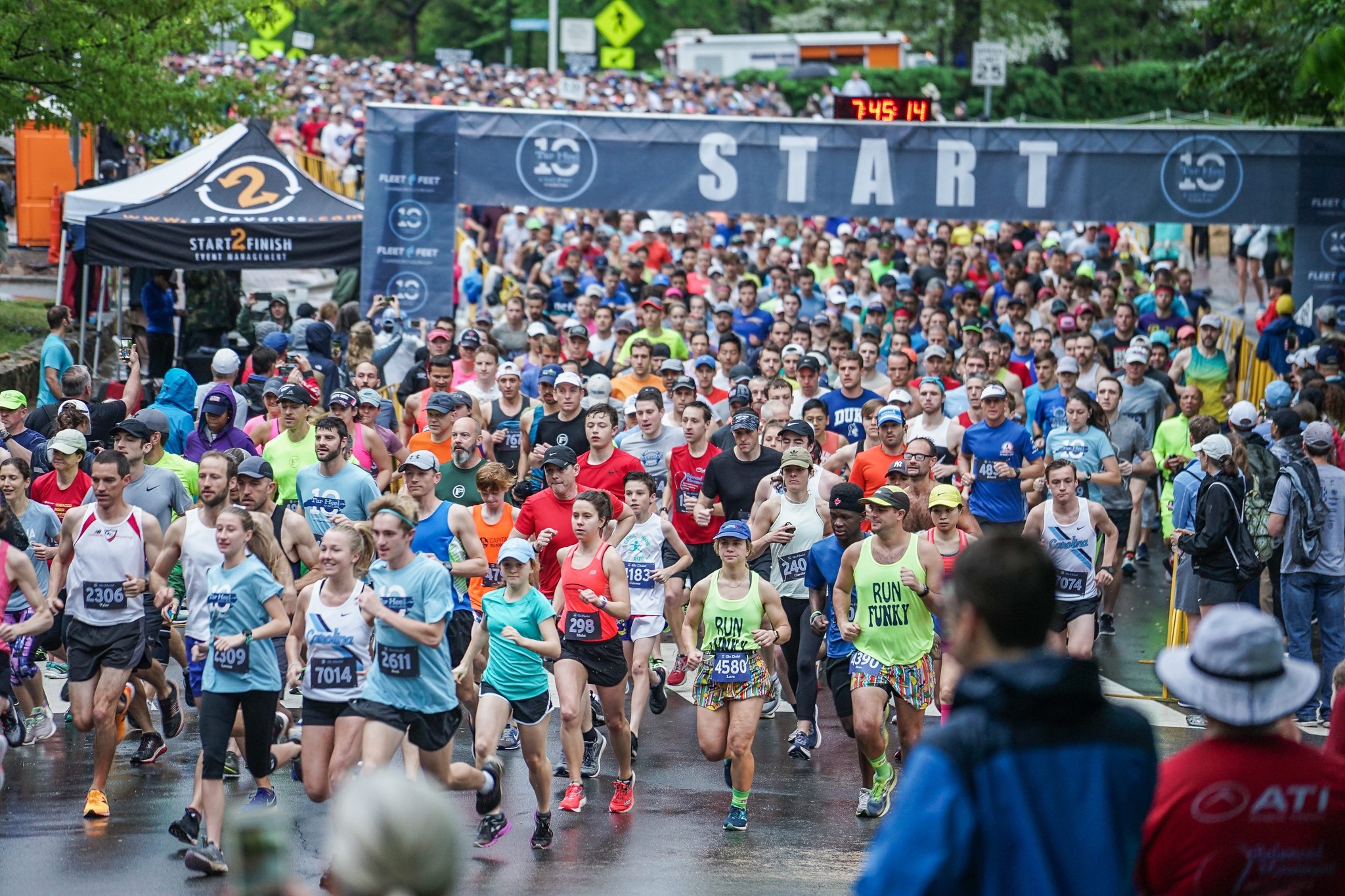Poor syringe design can cost, depending on the drug, up to $2,300 per year per patient, according to a study by researchers at UNC and RTI International.
When medicine is injected a small amount of the medicine stays behind in the syringe, according to the study. Researchers say it’s not much, but depending on the syringe dead space, the leftover fluid that remains after the medicine is injected, the costs can add up.
In syringes with high-dead space, the average amount that is left behind averages to about three percent of the volume of the dose, according to a release. In syringes with a low-dead-space design, the volume leftover is almost 10 times less.
“It is a difference of fractions of a millimeter, but when some of these medications cost more than $20,000 a month, it adds up,” study author Christine Oramasionwu said in a release.
Oramasionwu advocates for low-dead-space designs, like the integrated needle or the cone-shaped plunger to become industry standards.
UNC and RTI researchers found that the median value of the wasted medicine per dose for the high-dead-space syringes was $5 and about 50 cents for low-dead-space syringes.
Over the course of a year, the cost range of medicine for high-dead-space syringes would range from $558 to $2,329 compared to $68 to $205 for low-dead-space syringes.







Comments on Chapelboro are moderated according to our Community Guidelines